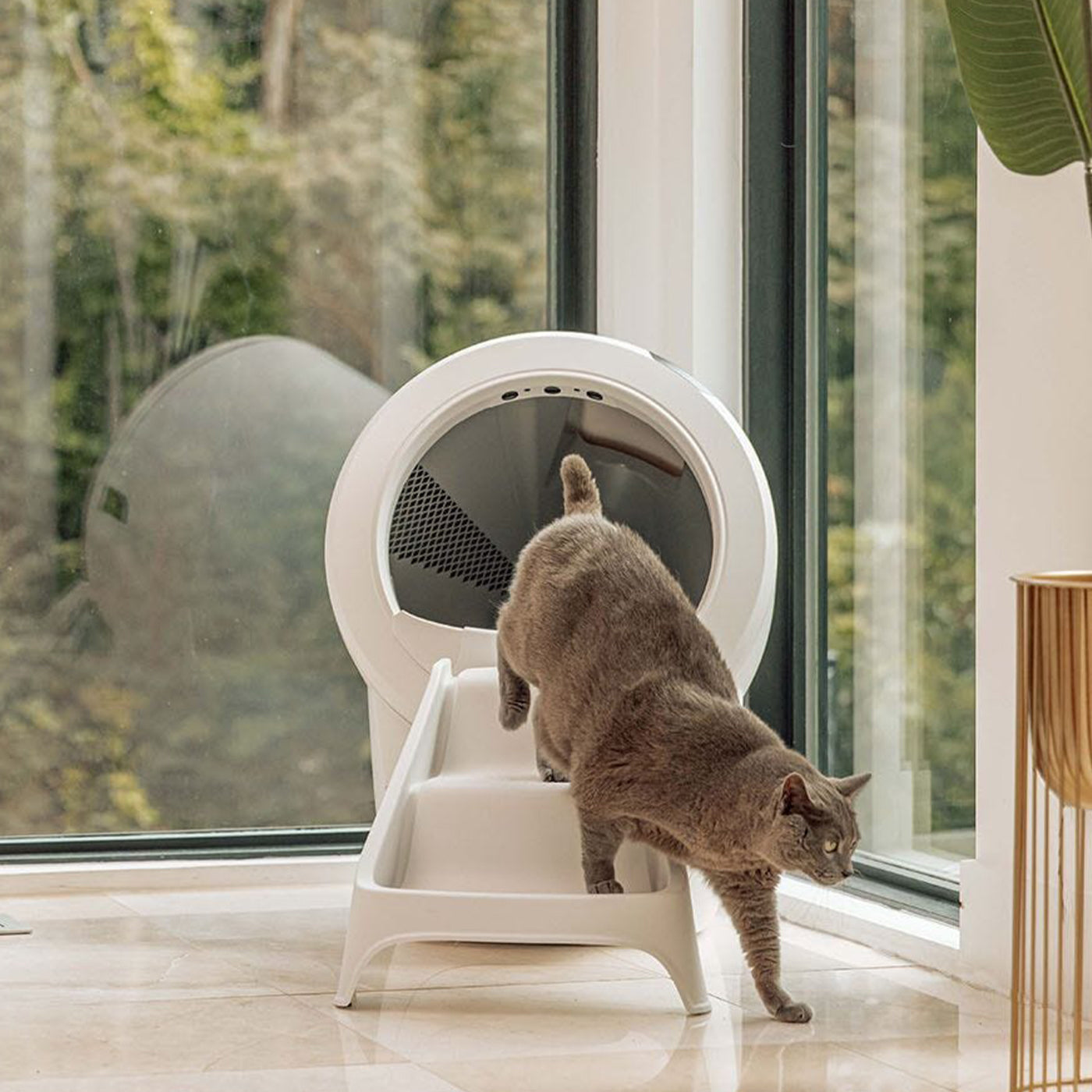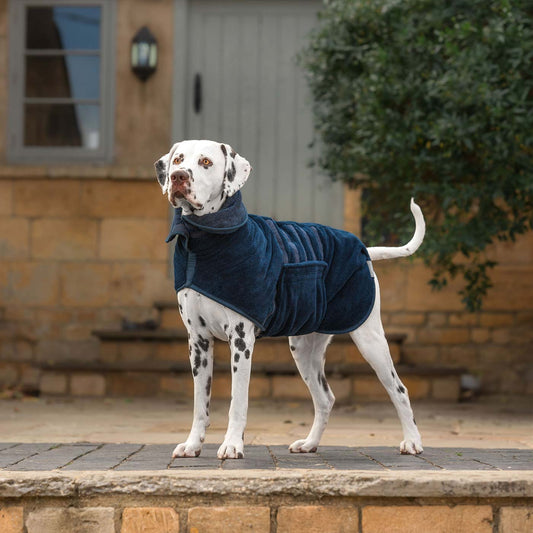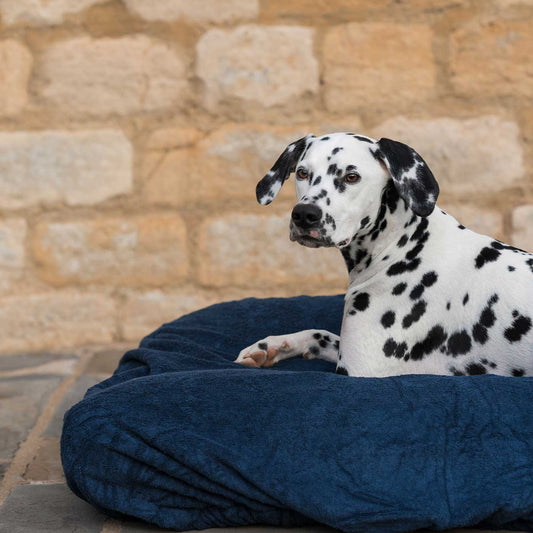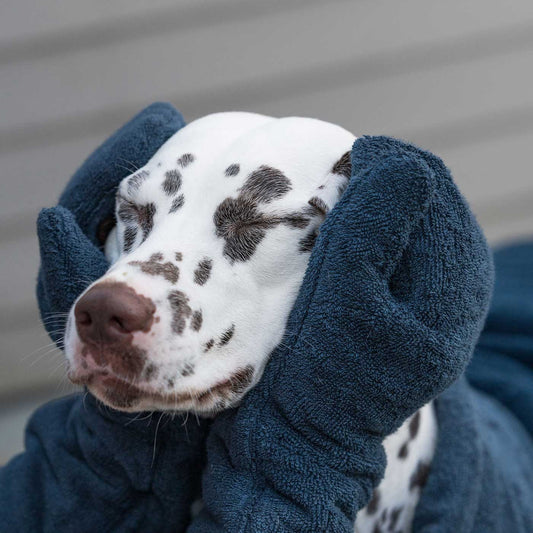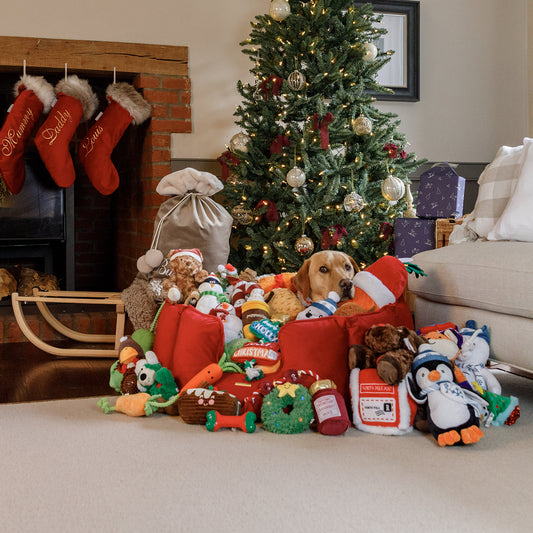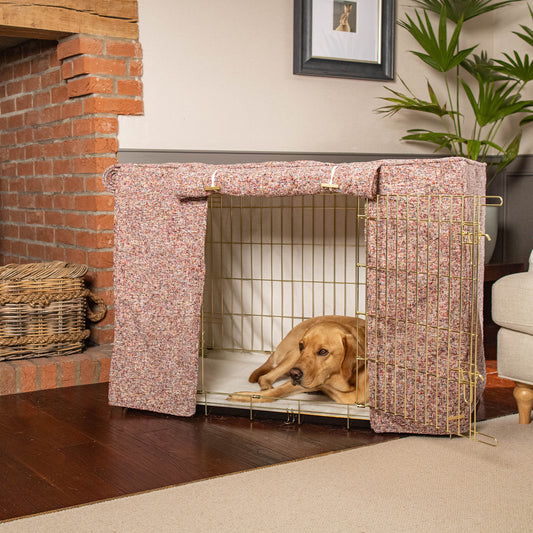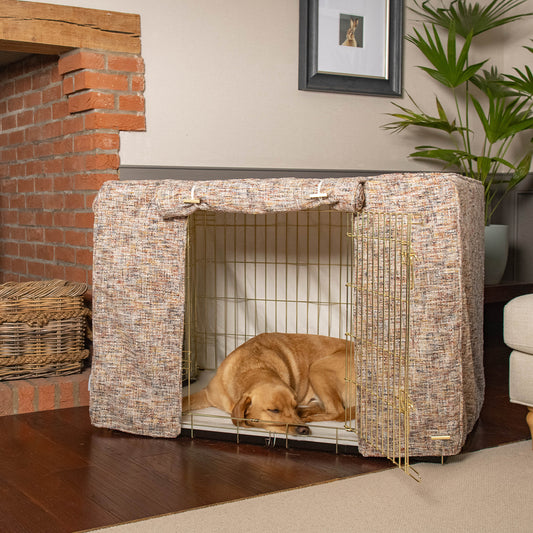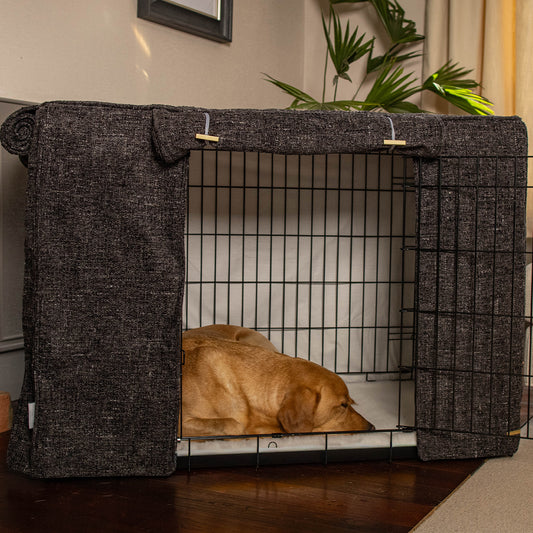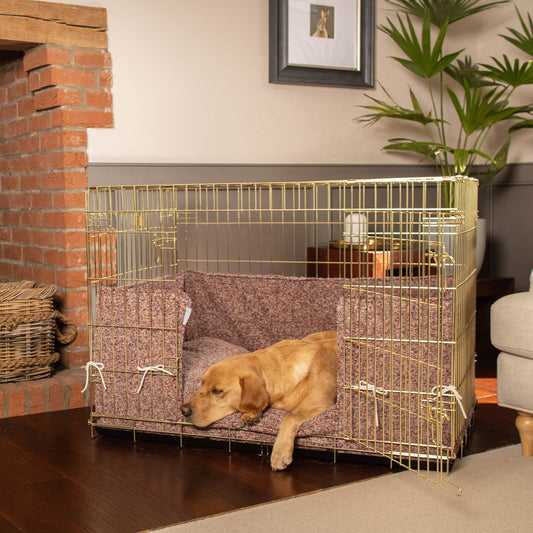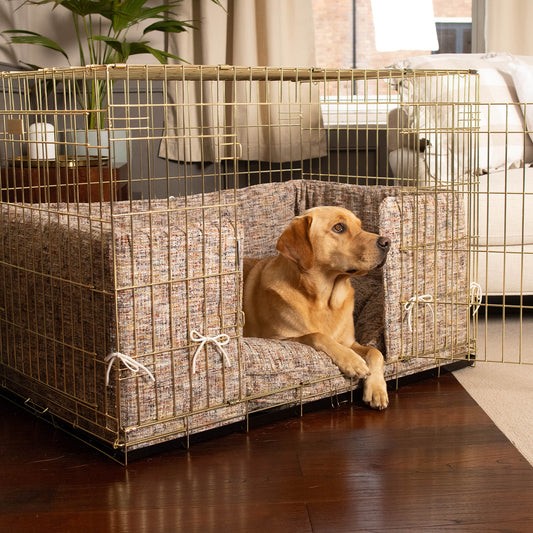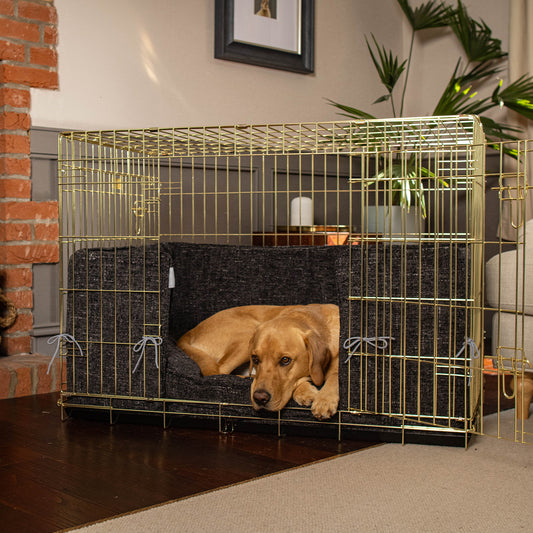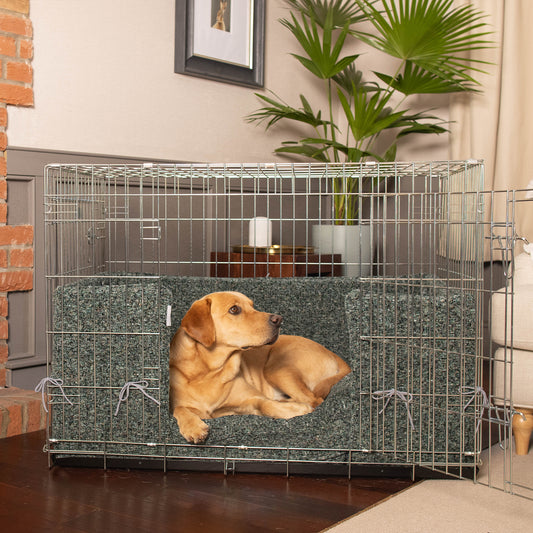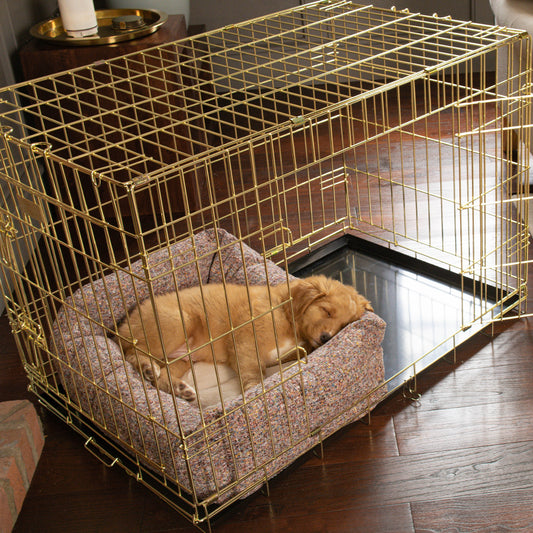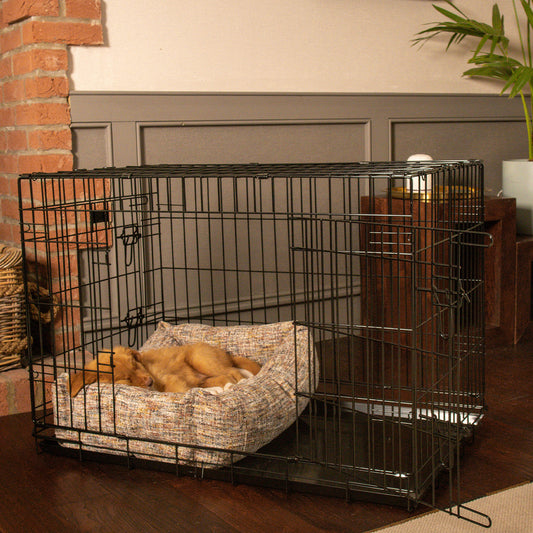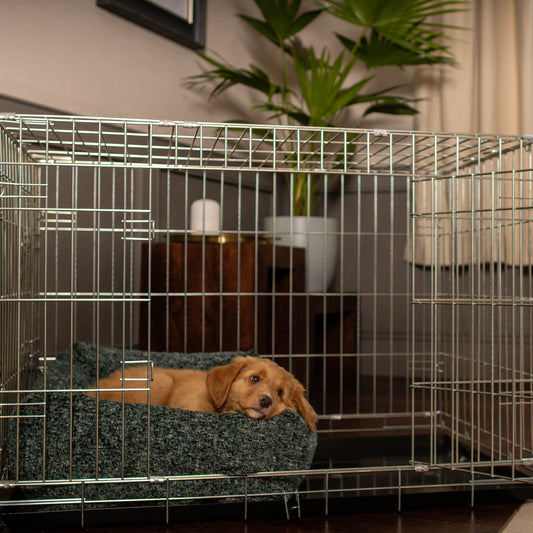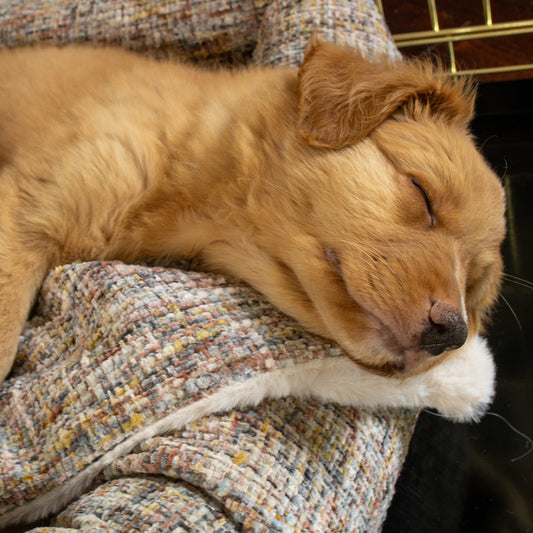Exercise is an important part of any dogs routine. Whilst you may not always feel compelled to get outside during the colder Winter months, it’s actually a great time of year for dog walking. Winter has a beauty all of it’s own; it may be cold and a little wet at times, but there’s nothing better than getting all wrapped up for a Winter stroll and then returning to a warm home to relax.
Winter is one of the best times for beach dog walks in particular. You won’t have to worry about heatstroke, beaches are often quieter and many beach restrictions are lifted during the off-peak months. Here we highlight some of the best beaches for walks with your canine family members and also list some of the things to consider when taking your dogs to the seaside.
1. Hive Beach, Burton Bradstock

A lovely beach on the Dorset coast, Hive Beach has parking and toilet facilities and a even a dog-friendly café with beautiful sea views. In the middle of a National Trust Park, the surrouning area has plenty of interesting locations, including countryside walks and cliffs of the Jurrasic coast – Britain’s only World Heritage Site.
2. Rhossili Bay Beach, Swansea

If breathtaking views are your thing then the Rhossili coast will be the ideal day out for you. Rhossili Bay beach is not only a dog friendly beach, but is famous too; featured in an episode of Doctor Who and named the best beach in Europe and Top Ten in the World by Suitcase Magazine.
3. Luskentyre, Isle of Harris

Located in the Outer Hebrides, Luskentyre Beach on the Isle of Harris offers unspoilt coastline galore! Perfect for a long walk with your dog, you can enjoy sightings of dolphins, otters, seals and sea eagles, and it’s not unusual to see a horse rider or two.
4. Runswick Bay, Yorkshire

Widely regarded as one of the prettiest spots on the Yorkshire coast. There are no dog restrictions, so it’s the perfect beach for a good game of throw and retrieve or a paddle in the sea with your canine companions. The pretty village in the bay is worth a stroll; no cars are allowed so it’s a tranquil place to enjoy a wander. The rockpools of Runswick are also good for fossil hunting if you like a bit of history mixed in with your outdoor adventures!
5. Winterton on Sea, Norfolk

If sprawling sandy beaches are your thing, then there is no better than Winterton on Sea. An area of outstanding natural beauty, it has some of the best sand dunes in Norfolk and is home to lots of wildlife including the rare Natterjack Toad. Dogs are allowed all year round, and this stretch is ideal for long walks and hours of play with your dogs. Winterton is so vast that even in busy periods there is plenty of space.
Things to consider before your beach adventure:
- Always read the sign posts; some areas, including promenades, may ask you to keep your dogs on a lead.
- Many beaches will begin to enforce restrictions on dogs from Easter onwards.
- Remember to clean up after your dog. Keep a stash of poo bags in your pockets so you’re always prepared.
Of course this is by no means a definitive list of the “best” beaches, but rather a few highlights that are worth a visit. We’d love to hear what your favourite beaches are and a picture or two of your canines family members enjoying a beach walk. Send your picture to sales@lordsandlabradors.co.uk and we may just feature you on our social media.
























































